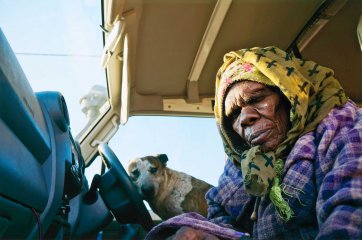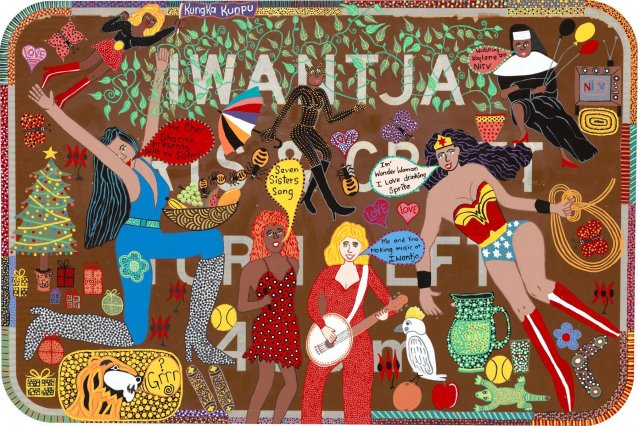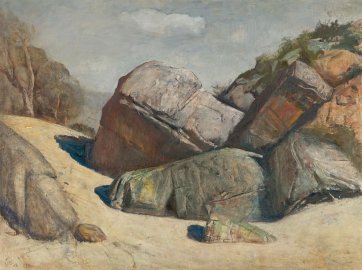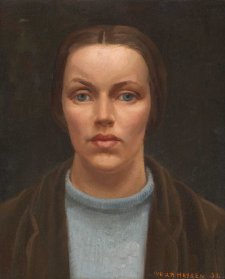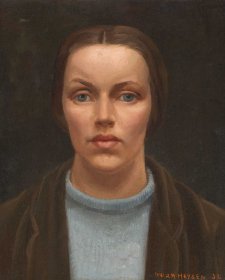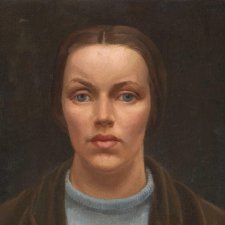The connection between land and identity holds great significance in Australia. While for First Nations people, person and place are intertwined both culturally and spiritually, forming an intrinsic union between Country and self, stories of colonisation and migration are also deeply bound to this nation. How we connect to the land we’re on, whether we’ve always been here or are newcomers to it, influences our understandings of who we are, and our relationships with one another.
Portraits that capture these connections are displayed side by side, encouraging conversations around belonging, displacement, culture and identity. While Lloyd Rees and Polixeni Papapetrou personify the physicality of the land, Wawiriya Burton’s painting Ngayaku Ngura (My Country) connects the artist with her Country and family, a map of her lineage and ancestral heritage.
1 Portrait of some rocks, 1948 Lloyd Rees AC CMG. National Gallery of Victoria. Purchased, 1948. 2 Ngayaku Ngura (My Country), 2009 Kunmanara (Wawiriya) Burton. National Gallery of Victoria, Melbourne
Felton Bequest, 2011.
Though accounts of colonisation and exile are intrinsic to the Australian story, for many, arrival in this country instils a sense of safety and hope. For others, the experience is far more complicated. Portraits of refugee and migrant people celebrate the multifaceted nature of Australian identity, and acknowledge the many cultures, languages and backgrounds which make up this nation.
